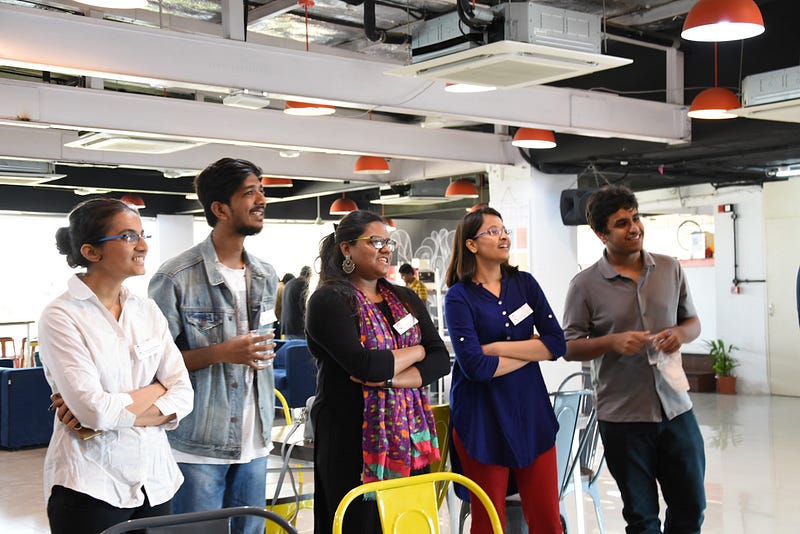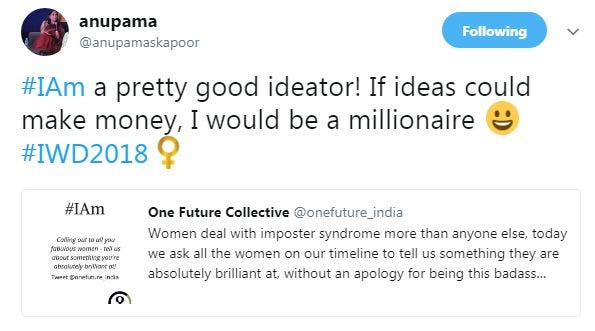War and Menstruation
June 25, 2018Often, the deepest casualties of war are the ones that don’t find words. Silenced, we believe they don’t exist, as…Why Should We Protect our Digital Identities?
June 24, 2018The World Bank has defined Digital Identity as a collection of electronically captured and stored identity attributes that uniquely describe…“Do I Look Good Enough in this Picture?” – Selfies, Social Media and Mental Health
June 21, 2018'Selfitis' is not a real disease, but the mental health aspects surrounding selfies are not to be taken lightly. Selfie,…Ageing and the Workplace
June 20, 2018The evolving workspace makes way and creates space for a generation of older employees, who would not otherwise stick around.…
February Youth Meetup — One Future Collective
June 19, 2018Dated February 24th, 2018. Originally published on March 10th, 2018. One Future Collective (OFC) organised its first Youth MeetUp…
#IAm: Of Women Celebrating Themselves
June 19, 2018Originally published on March 8th, 2018. Happy Women’s Day. This is our year. Can you hear that persistent niggling voice…
Donate Now
Get Involved

